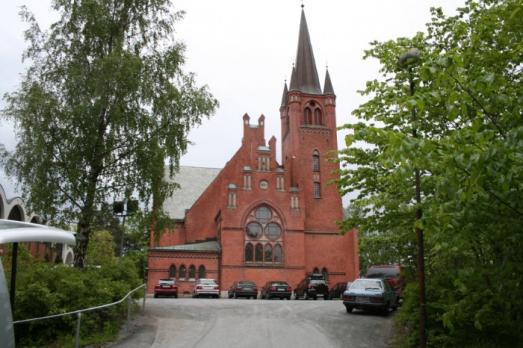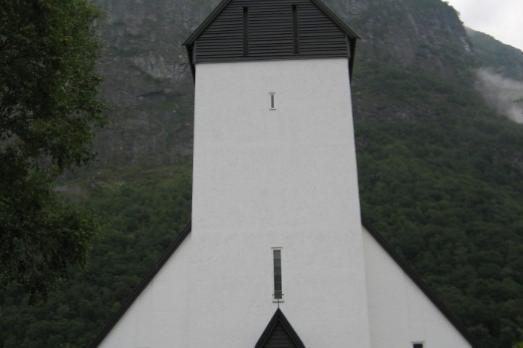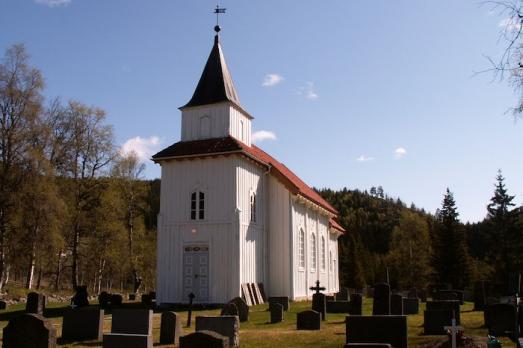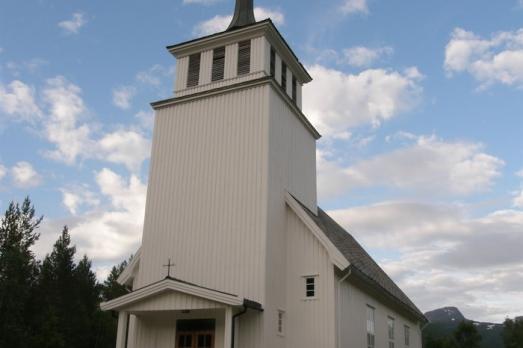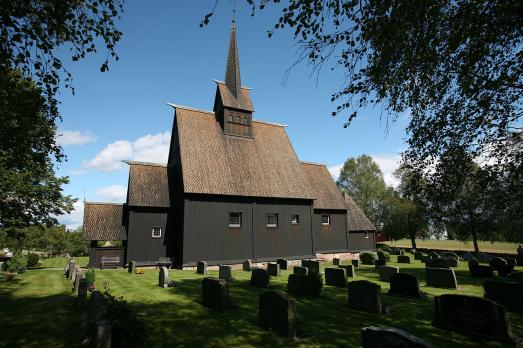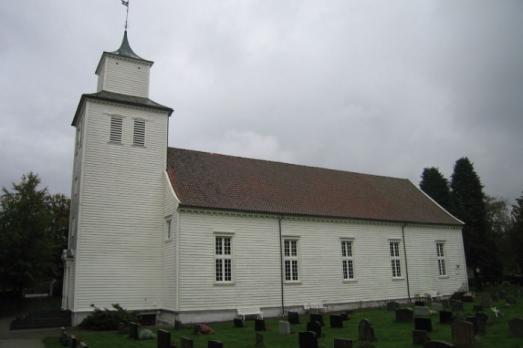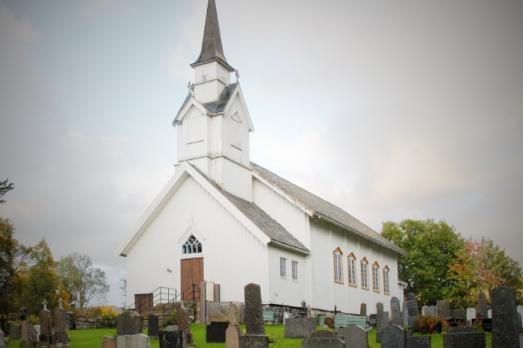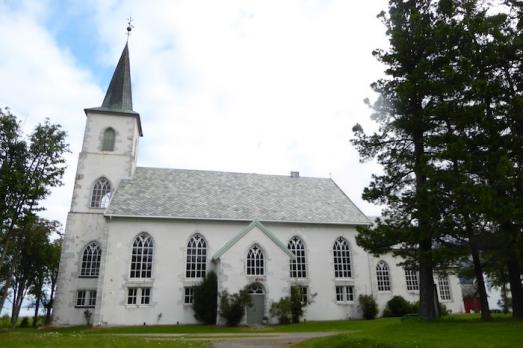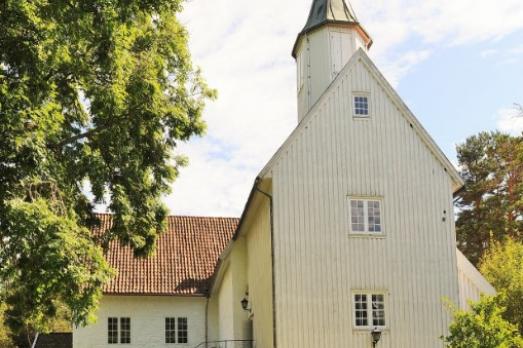
Høvåg Church
Lillesand, NO
Høvåg Church is a medieval church dating from 1150. The congregation bought the church from King Frederick IV (1671-1730) in 1723, when he experienced financial difficulties after the Great Nordic War. Work on the extension, maintenance and renovation of the church then began. The west wing was built in 1768, the north wing, which is the present main entrance, was built in 1828. The tower was built in 1831.
